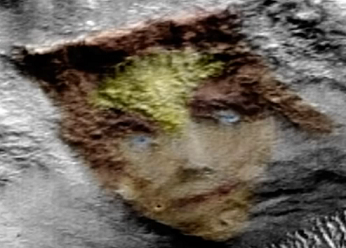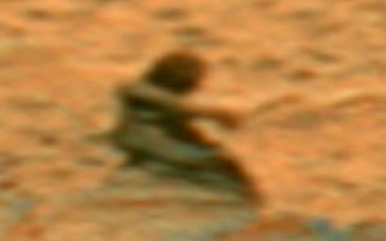| Online: | |
| Visits: | |
| Stories: |
Ten Mars Pictures That Should Not Exist (Video )
Friday, October 3, 2014 4:12
% of readers think this story is Fact. Add your two cents.
(N.Morgan) Mars has been the focus of the space community for many years. The never ending question that has plagued the science world is could Mars be inhabitable? Much of a planet’s history can be deciphered by looking at its surface and asking what came first and what came next. For example, a lava flow that spreads out and fills a large impact crater is clearly younger than the crater, and a small crater on top of the same lava flow is younger than both the lava and the larger crater.
This principle, called the law of superposition, and other principles of stratigraphy, first formulated by Nicholas Steno in the 17th century, allowed geologists of the 19th century to divide the history of the Earth into the familiar eras of Paleozoic, Mesozoic, and Cenozoic. The same methodology was later applied to the Moon and then to Mars.
Another stratigraphic principle used on planets where impact craters are well preserved is that of crater number density. The number of craters greater than a given size per unit surface area (usually million km2) provides a relative age for that surface. Heavily cratered surfaces are old, and sparsely cratered surfaces are young. Old surfaces have a lot of big craters, and young surfaces have mostly small craters or none at all.
.png)
In the video below, we will see images from Mars that frankly shouldn’t be there. Were these man-made objects or something else?
.png)


More Stories Contributed By N. Morgan






This is incredible as it shows there was obviously a civilization there at some point. Very good article, thank you.
Found a TONNE of ancient alien civilization on Google Mars ! Look at this newest one. Any time you need great content, visit this channel, as the guy who owns it, collected everything for the reporters of BIN
! Look at this newest one. Any time you need great content, visit this channel, as the guy who owns it, collected everything for the reporters of BIN 


http://youtu.be/UUBCqi74Hfo
Mars looks like a N64 game